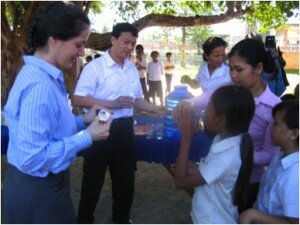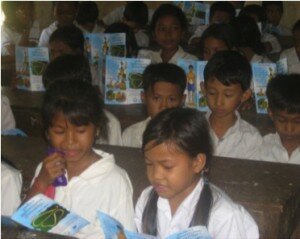
Photo courtesy of IMA World Health.
LF, also known as elephantiasis, affects 120 million people worldwide and this week (April 19-26), we are proud to partner with actress and Global Network Ambassador Alyssa Milano and Tonic.com – an online platform to educate and engage consumers around positive actions – on a social-media driven campaign to raise $75,000 to keep a lymphatic filariasis (LF) program alive in the Indian state of Orissa.
IMA World Health and the U.S. Centers for Disease Control and Prevention (CDC) have partnered with the

google images
Indian n.g.o CASA on a lymphatic filariasis program in Orissa to care for 23,000 LF patients and work to identify new cases of the disease. The program serves to provide emotional support, home care, and health education to LF patients and their families. These health and education programs allow LF patients to get back on their feet and be empowered to return to work and be productive citizens, contributing to their families and communities.
This program needs $75,000 to continue. The Global Network, Alyssa Milano, and Tonic.com are determined to End the Neglect and raise those funds – now. Together we make a BIG difference.
Will you join our cause? This is how you can help us meet our goal of $75,000:
- Re-tweet us! Follow us: , ,
- “Like” our cause on
- Visit Tonic.com
- Follow our stories here at End the Neglect and at Alyssa Milano’s blog
- Donate to the project http://bit.ly/gM3Zyn
- SPREAD THE WORD!
Contact us at with any questions or comments.
Join us to End the Neglect!
Click HERE to donate now.
.



